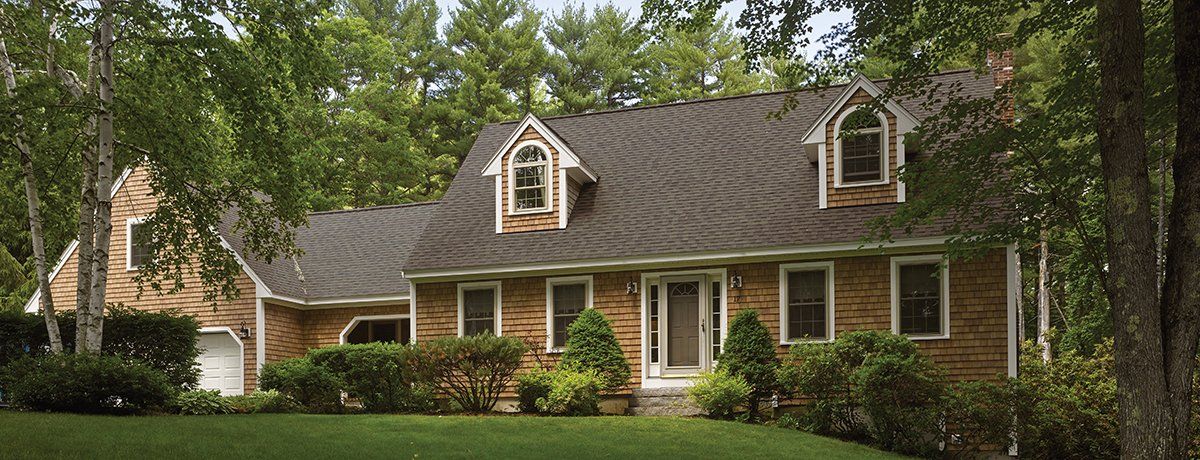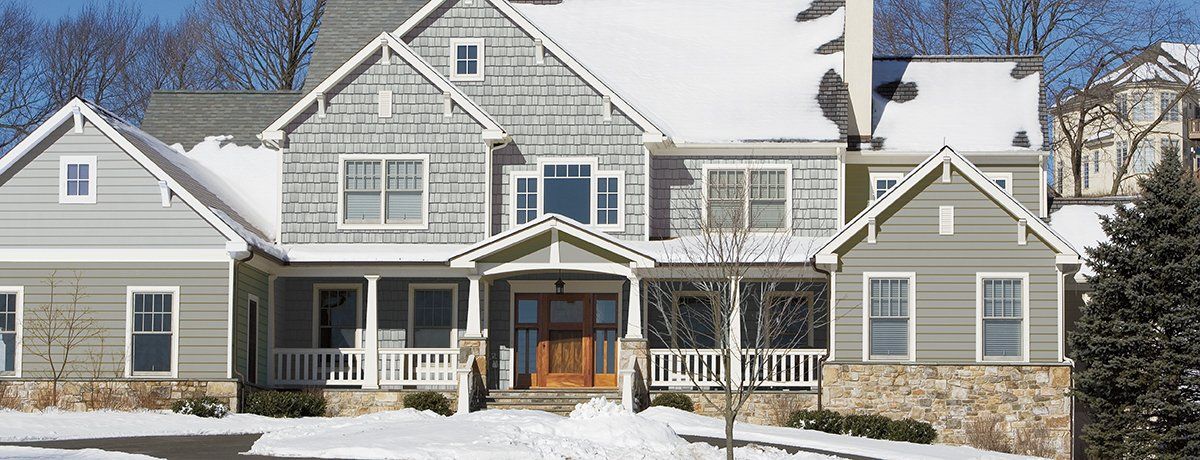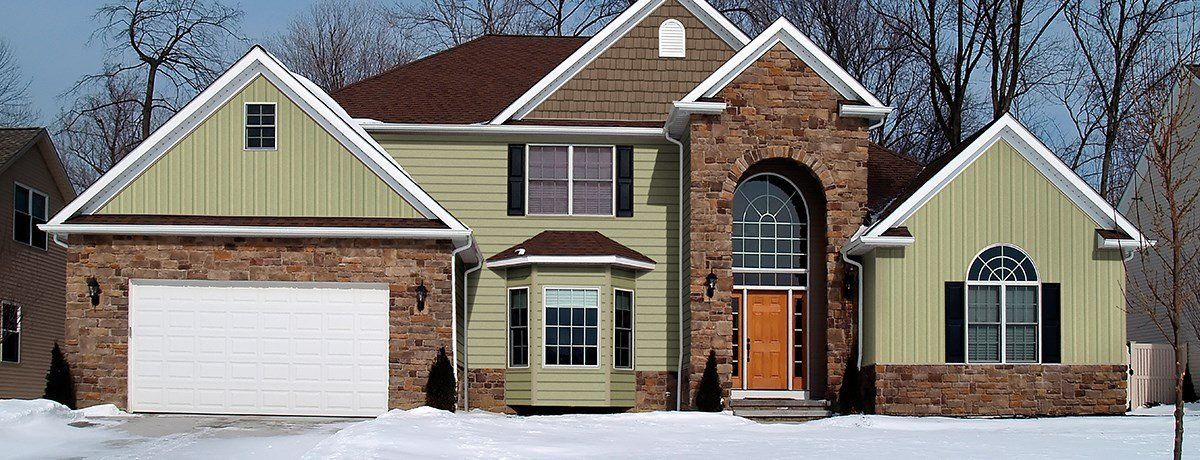Vinyl vs. Wood Siding
Justin Young • July 3, 2020
With so many different siding options out there, it is important you do as much research as possible and weigh up the options of cost, durability, energy efficiency, and versatility before making a choice. Vinyl and Wood Siding are two of the most customized and popular siding choices in our Philly and shore area. As most homeowners want to match their homes' current siding during repairs, we replace siding to match your vision and budget!
Vinyl Siding
Vinyl siding is the most popular siding choice in our area and the country. Vinyl siding is durable, comes in a range of color options, and is the most cost effective. There are also a huge variety of profiles of vinyl, including: horizontal or vertical panels, dutch lap, shakes, shingles, beaded, and fish scales or scallops.
Advantages Of Vinyl Siding
- Vinyl siding is incredible durable and typically comes with a 30-40 year warranty post-installation
- There is a huge array of color options when choosing vinyl siding
- It is versatile in its textural options
- It is easy to clean with just a power washer and a hose
- It is often the most economical option
Disadvantages Of Vinyl Siding
- Vinyl siding is not waterproof (only water-resistant)
- It can sometimes bend under extreme weather conditions, whether it be hot or cold
- Once you choose a color, you cannot change it or repaint it
- Hail and tree branches can leave dents and marks in the side of your home
Wood Siding
Wood siding is another popular siding option due to its natural and timeless look. There is a wide variety of wood species to choose from, including: pine, fir, cedar, and redwood. This provides that classic cottage look and a popular material we see down at the shore.
Advantages Of Wood Siding
- It is lightweight, making installation time quicker
- Many agree that it is the eco-friendliest siding on the market
- Wood siding can be stained and painted in custom colors
- It has a high R-Value, and is very energy efficient
Disadvantages Of Wood Siding
- While it can be stained limitless color, in doing so, it must be consistently maintained
- Wood can be easily damaged over time by insects or water
- It can be costly to maintain – required to be stained every 2-3 years and repainted every 4-5 years
- It is not fire resistant, so it is not ideal for dry climate areas



